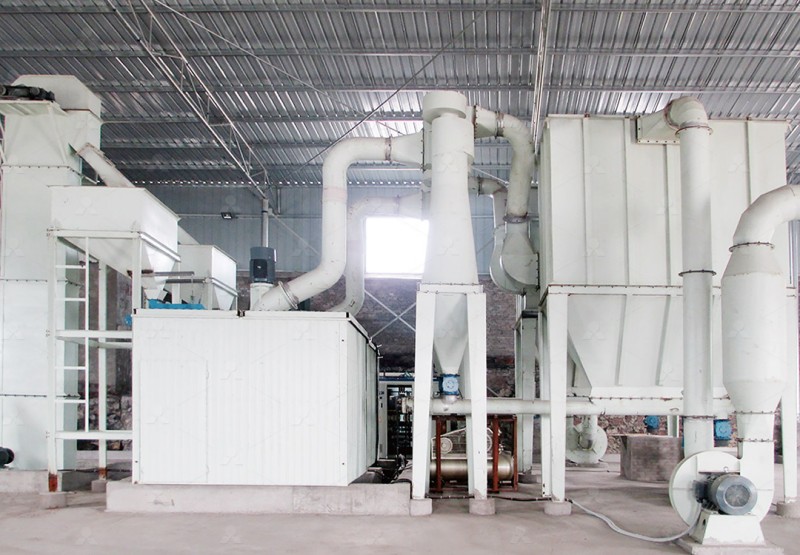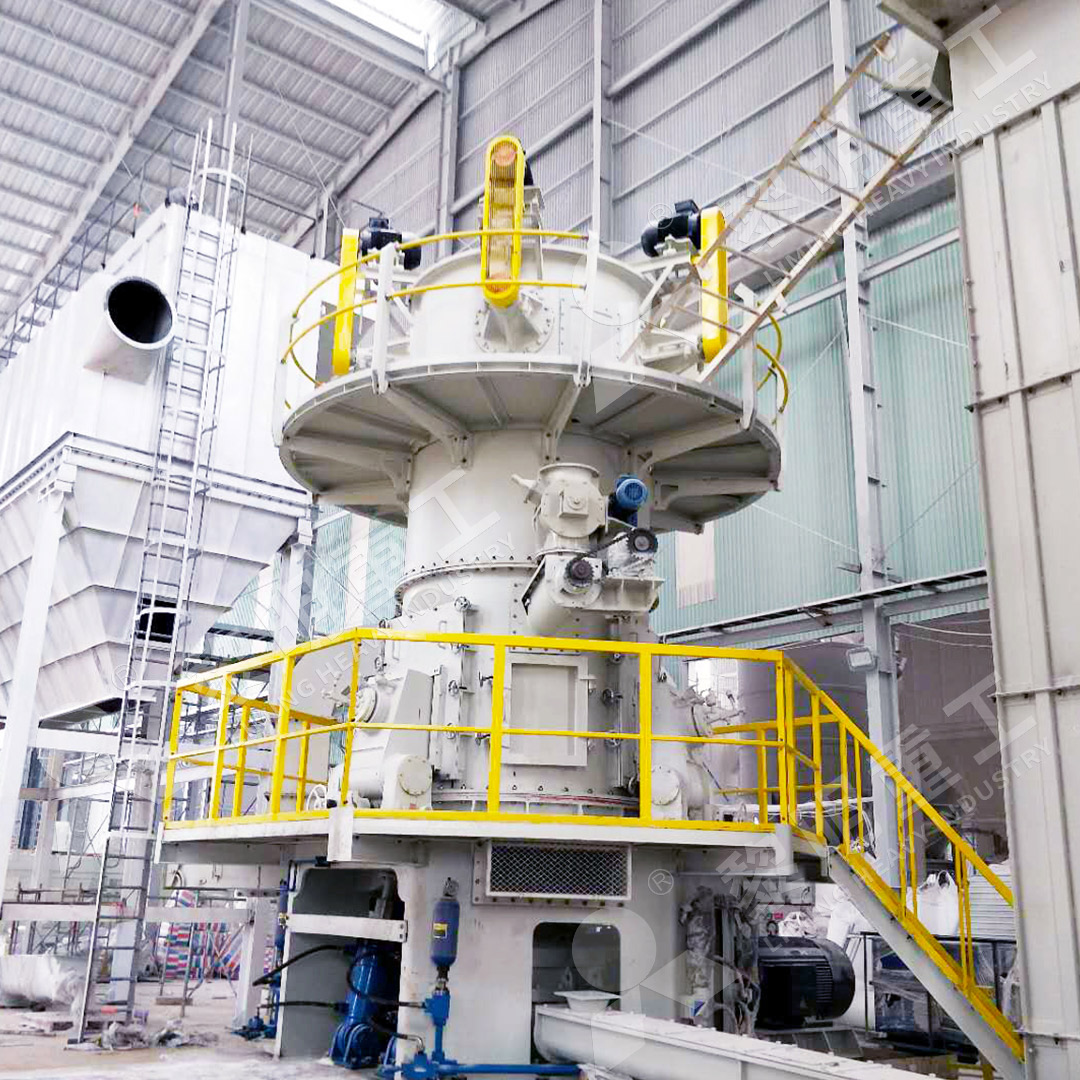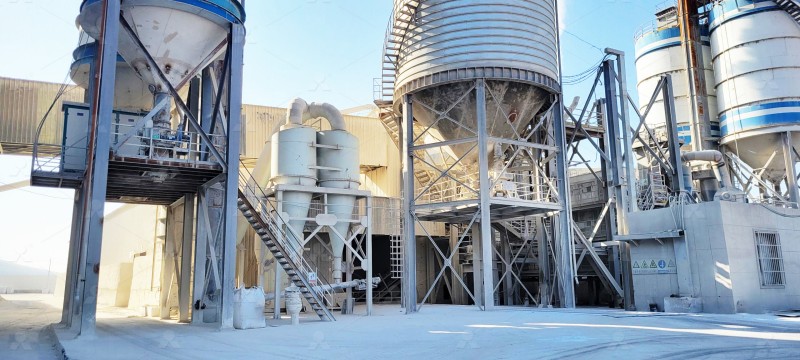Heavy Calcium Carbonate Grinding Mill: Types and Applications
Heavy Calcium Carbonate Grinding Mill: Types and Applications
Heavy calcium carbonate (GCC) stands as one of the most versatile and widely used industrial minerals. Its applications span across plastics, paints, coatings, adhesives, sealants, paper, and pharmaceuticals. The key to unlocking its potential lies in efficient grinding technology that can transform raw limestone into fine and ultra-fine powders with specific particle size distributions. Selecting the appropriate grinding mill is paramount for achieving desired product characteristics while optimizing production costs and energy consumption.

Common Types of Grinding Mills for Calcium Carbonate
The journey from coarse limestone to refined GCC powder involves various milling technologies, each with distinct advantages.
Raymond Mill ( Pendulum Roller Mill): A classic workhorse in the industry, the Raymond mill is ideal for producing powders in the 80-325 mesh range. It operates on the principle of spring-loaded grinding rollers rotating against a stationary ring. Its simplicity, reliability, and lower initial investment make it a popular choice for coarse to medium-fine grinding applications, particularly where high ultra-fine yields are not the primary goal.
Vertical Roller Mill (VRM): Technologies like the LM Vertical Grinding Mill represent a significant leap in efficiency. By integrating crushing, grinding, drying, and classification in a single unit, VRMs offer substantial energy savings—often 30-40% compared to traditional ball mills. They excel in medium to large-scale production, handling feed sizes up to 70mm and producing powders from 100 to 325 mesh. Their compact footprint is another notable advantage for space-constrained plants.
European Type Trapezium Mill: An evolution of the traditional Raymond mill, the MTW series, for instance, incorporates advanced features like bevel gear overall drives and inner thin-oil lubrication systems. This design enhances transmission efficiency, reduces maintenance frequency, and improves the overall stability of the grinding process. It is well-suited for producing powders between 80 and 400 mesh with higher efficiency and lower operational noise.
The Pursuit of Ultra-Fine Powders and High Value-Add Applications
For industries requiring superior product performance, such as high-grade plastics, premium paints, and advanced cosmetics, the ability to produce ultra-fine GCC (typically above 800 mesh) is critical. This is where advanced grinding systems truly shine.
We particularly recommend our MW Ultrafine Grinding Mill for these demanding applications. Engineered for customers who need to make ultra-fine powder, this machine is a standout solution. It boasts an impressive adjustable fineness range between 325-2500 meshes, achieving a precise d97≤5μm in a single pass. A key innovation is its design that eliminates rolling bearings and screws in the grinding chamber, thereby removing common failure points and enabling worry-free, continuous 24/7 operation. Furthermore, with a production capacity of 0.5-25 tph and system energy consumption that is only 30% of a jet mill, it offers a remarkable balance of high output and low operational cost.

Another excellent option for high-value powder production is the LUM Ultrafine Vertical Grinding Mill. It integrates the latest grinding roller and powder separating technologies. Its unique roller shell and lining plate grinding curve are designed to easily generate a stable material layer, enabling a high rate of finished product in a single pass. This results in not only higher efficiency but also improved whiteness and cleanliness of the final GCC powder. Its reversible structure allows for easy maintenance, significantly reducing downtime for roller checks and replacements.
Conclusion
The selection of a grinding mill for heavy calcium carbonate is a strategic decision that directly impacts product quality, production efficiency, and profitability. From the robust simplicity of the Raymond mill to the integrated efficiency of vertical roller mills and the precision of ultra-fine grinding systems, the right technology exists for every application and production target. Investing in advanced, energy-efficient mills like the MW or LUM series is a forward-thinking move that pays dividends in product consistency, operational reliability, and environmental compliance.

Frequently Asked Questions (FAQ)
What is the typical feed size for an ultra-fine grinding mill like the MW series?
The MW Ultrafine Grinding Mill is designed to handle a feed size of 0-20 mm, making it suitable for directly processing pre-crushed limestone.
Which mill is more energy-efficient for producing 800-mesh calcium carbonate?
Ultrafine grinding mills like the MW series are specifically engineered for high efficiency in the ultra-fine range. They can reduce energy consumption by up to 40-50% compared to traditional jet mills or ball mills when producing powders of similar fineness.
How is dust control managed in these grinding systems?
Modern mills, including our MW and LUM models, are equipped with efficient pulse dust collectors and operate under negative pressure. This ensures no dust pollution during the entire milling process, making the operation clean and environmentally friendly.
Can these mills process materials other than calcium carbonate?
Absolutely. These versatile mills can handle a wide range of non-metallic minerals with similar hardness, including calcite, dolomite, talc, barite, and gypsum, among others.
